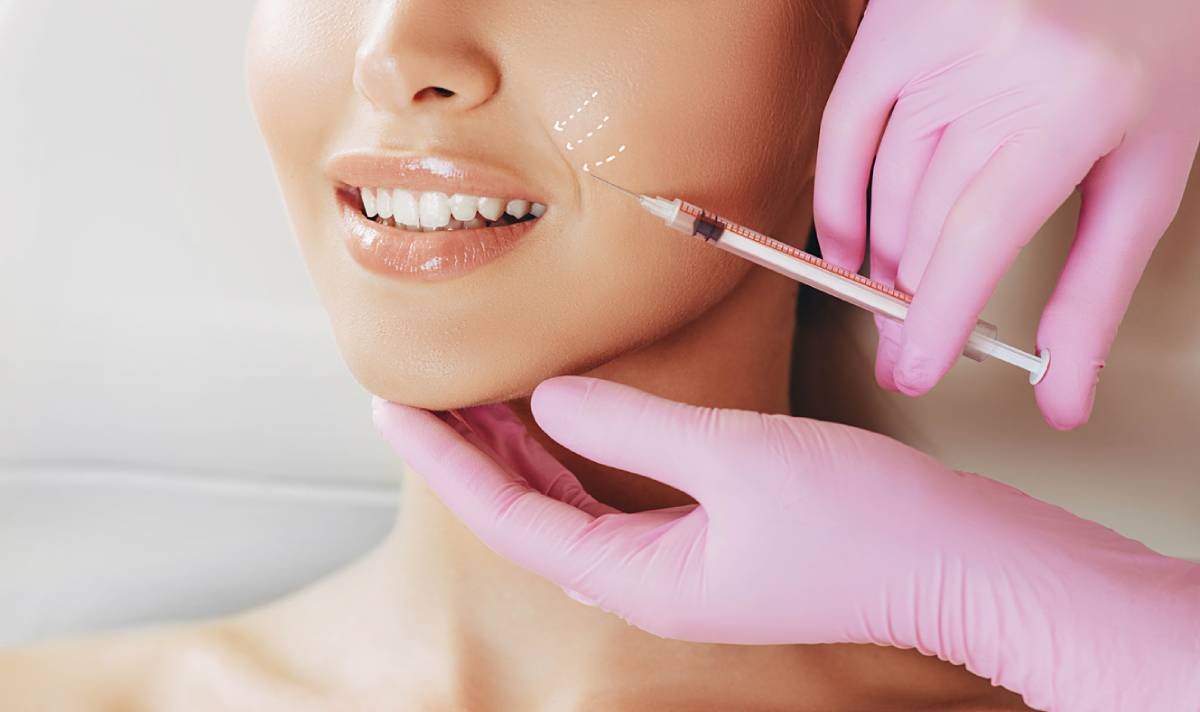The effects of natural aging can lead to fine lines, wrinkles, crow’s feet, and even sagging. Lifestyle factors, pollution, and genetics also play a factor in how your skin ages. Injectable fillers are a great way to be proactive about the effects of natural aging. However, you may wonder at what age you should start injectables. Below you will find more information on how to know when you should start using injectables and which ones are right for you.
What Age Should I Start Injectables?
The answer to when you should start using injectables is that there is no definitive age. While injectables can be used once you have fine lines, wrinkles, and sagging, it’s best to take a proactive approach. This means getting injectables before your fine lines and wrinkles form to prevent them. This will all depend on your lifestyle, genetics, and where you live and the levels of pollution present. The moment you see the faintest lines on any area of your face, you should likely consider injectables. This is true if you notice any sagging on your jaw, under your eyes, or your cheeks. One of the most important things to keep in mind when it comes to injectables is that prevention is much easier than treating skin issues later on.
Types of Injectables
Injectables, also referred to as dermal fillers, have become one of the most popular non-surgical face rejuvenation treatments. This is because they are not permanent, they are less invasive than surgery, and are effective at preventing the early signs of aging. There are two types of injectables, including Botox and dermal fillers. Below you will find more information on their respective benefits and treatment purposes.
Dermal Fillers:
There are a wide variety of fillers that can address your needs, including Juvederm, Restylane, and Belotero. While most injectables are temporary, it’s important to note that there are some permanent fillers. Dermal fillers are literally meant to fill areas of your face that are hollowed or need volume. For example, they are highly effective for laugh lines, lip lines, enhancing the look of your nose, and plumping your lips. Fillers can last up to six months and you will need to continue treatment in order to maintain the results.
Botox:
Botulinum neurotoxin is most commonly referred to as “Botox.” Unlike fillers, Botox is used to relax the muscles in your face to reduce the risk of fine lines and wrinkles deepening. They are often used to address forehead wrinkles, crow’s feet, and the two furrow lines between your eyebrows. Most often people maintain their Botox treatments every three to four months for the best results. However, each person is uniquely different and some can go much longer between treatments.
Injectables and Skin Maintenance
Maintaining your skin between injectable appointments is necessary in order to ensure the effectiveness of your treatment. Injectables are not a cure-all for your skin issues. It’s important to have a quality skincare routine, in addition to protecting your skin from the harmful effects of certain lifestyle factors. Smoking, excessive drinking, a poor diet, and not exercising can all impact your skin. Focusing on a healthy lifestyle in addition to your injectable treatments can ensure that your skin stays glowing and healthy.
Inland Empire Blepharoplasty
If you are concerned about skin and are considering preventative treatment options, contact Dr. Joseph and his team of experts at Infocus Ophthalmic Eye Surgery. Dr. Joseph is a highly experienced and well-known oculofacial plastic surgeon that specializes in cosmetic eyelid surgery and non-surgical cosmetic treatments, including Inland Empire blepharoplasty. Dr. Joseph can help you reach your aesthetic goals and help you get your confidence back. Contact his office today for a consultation!

